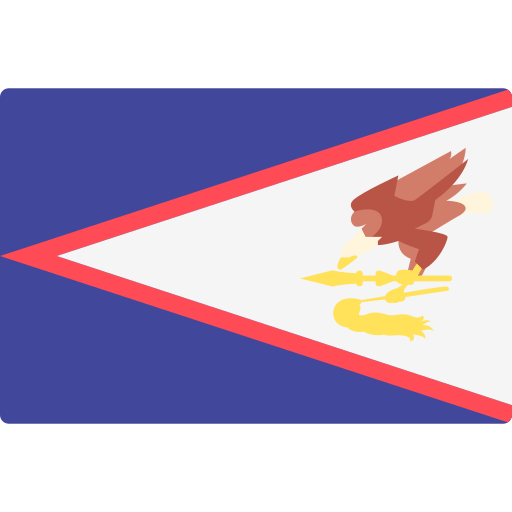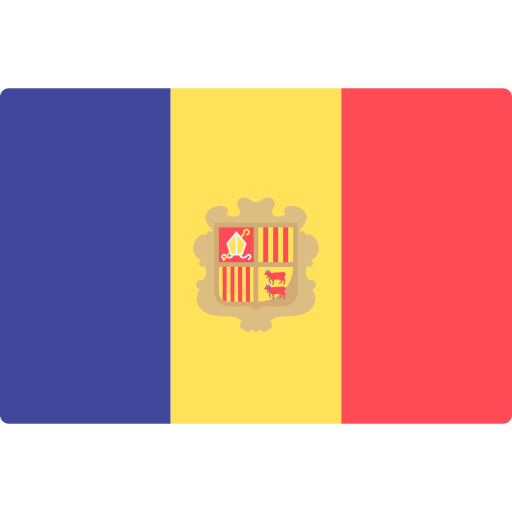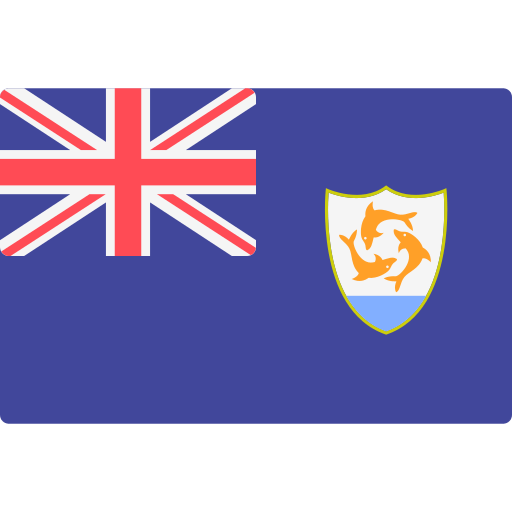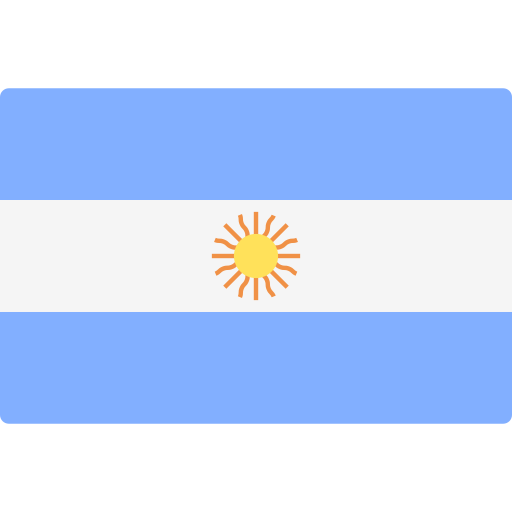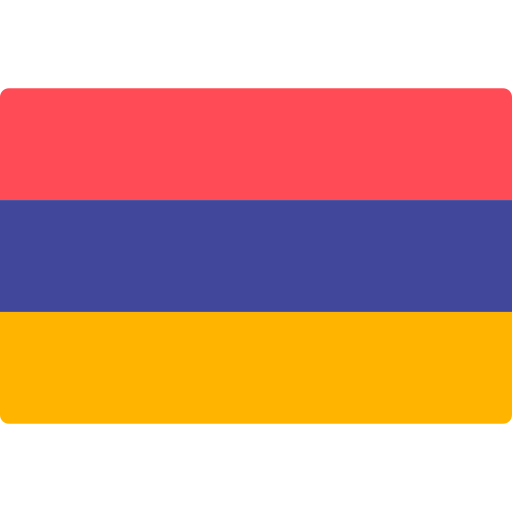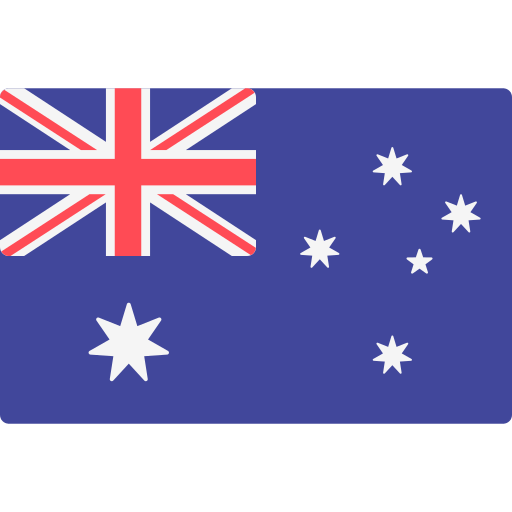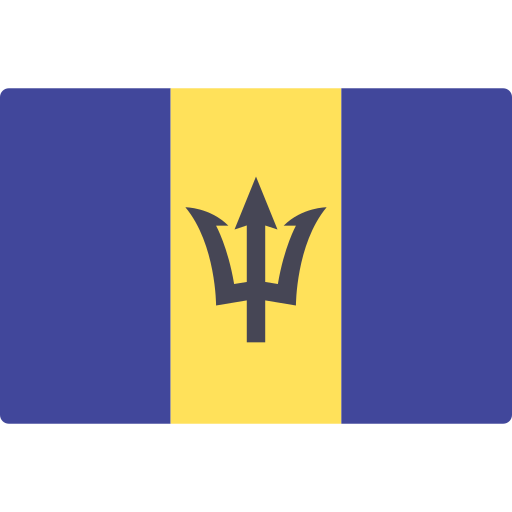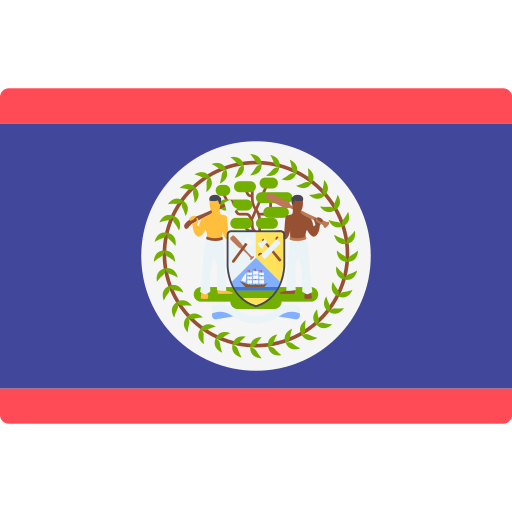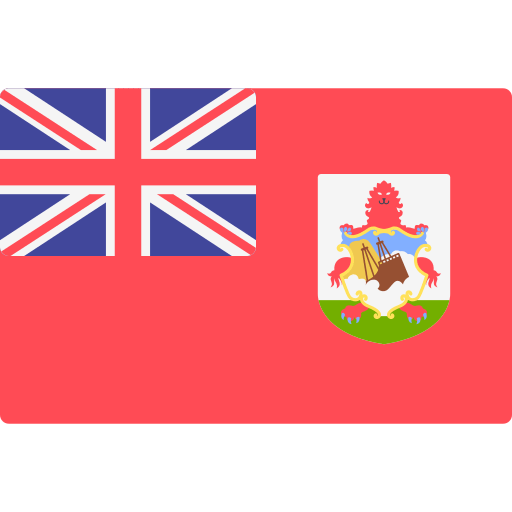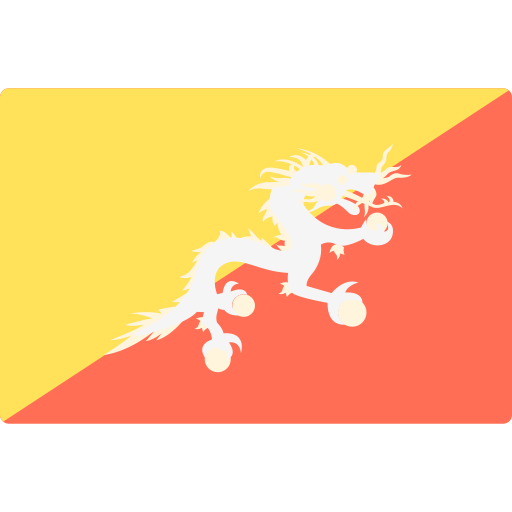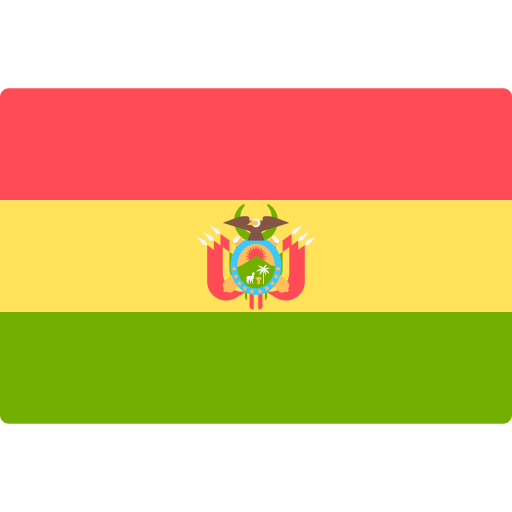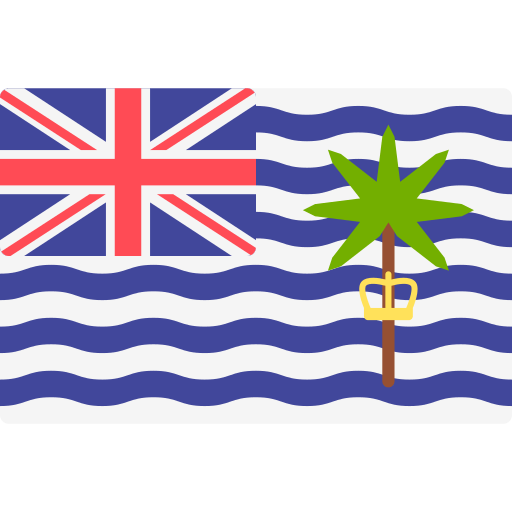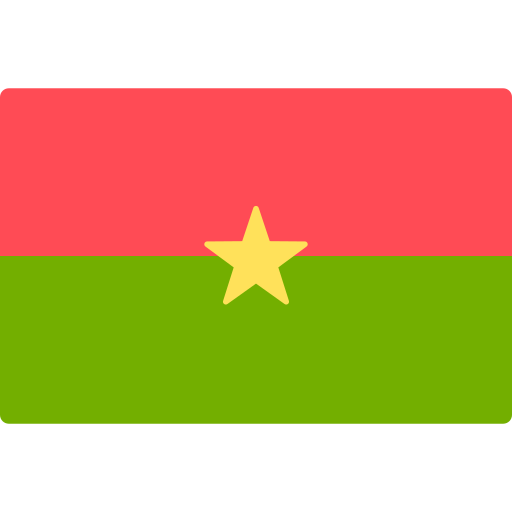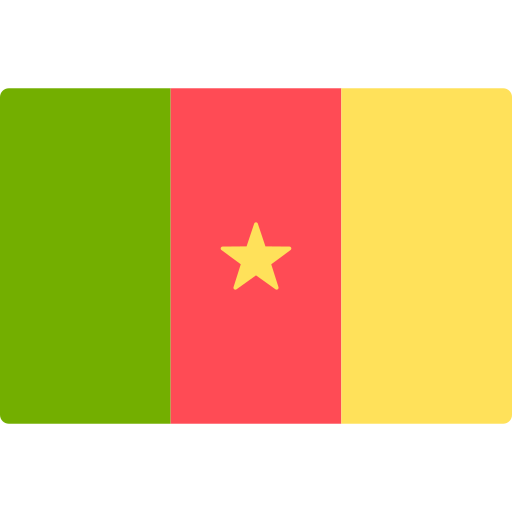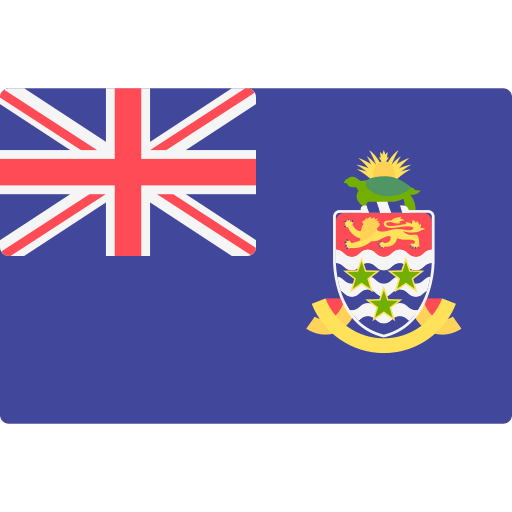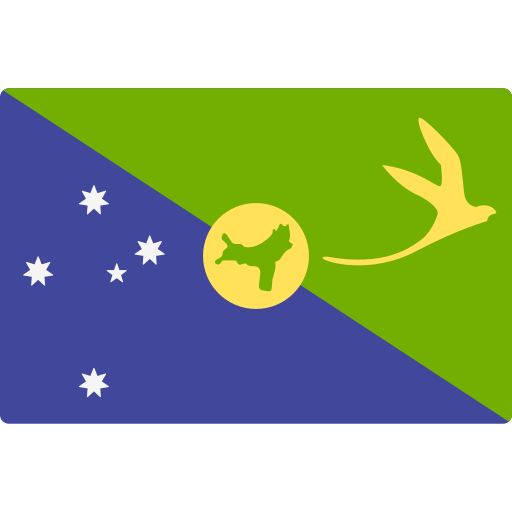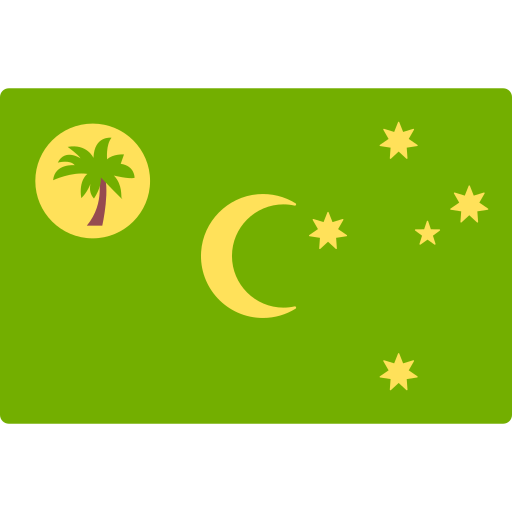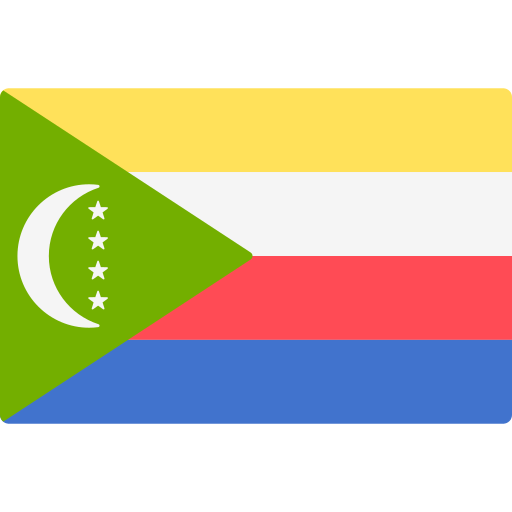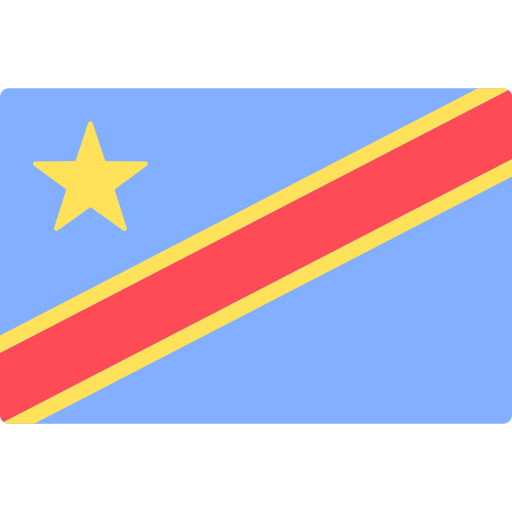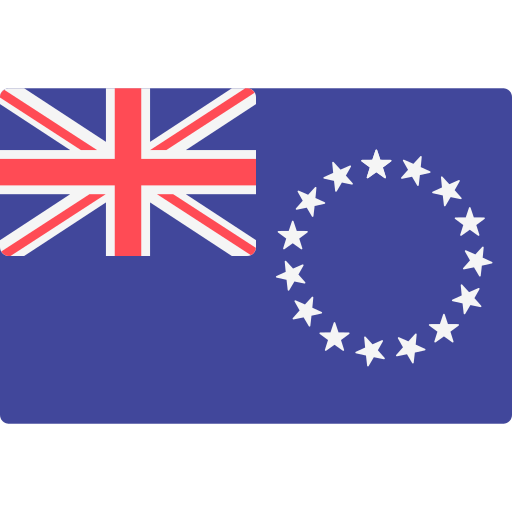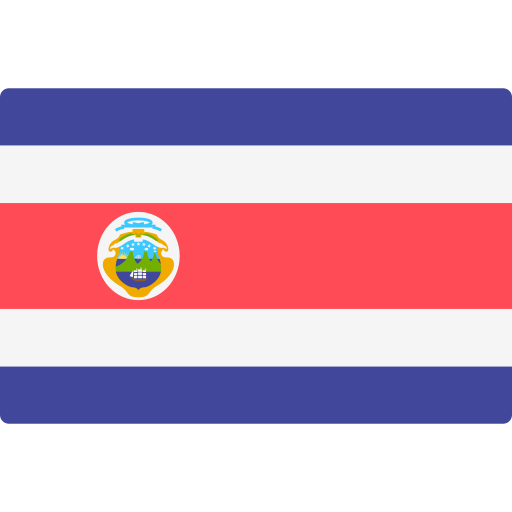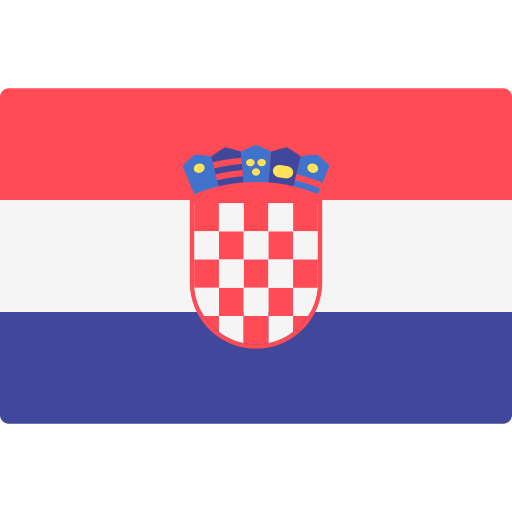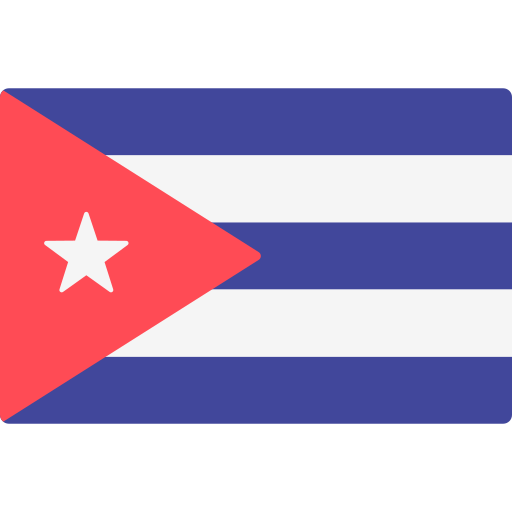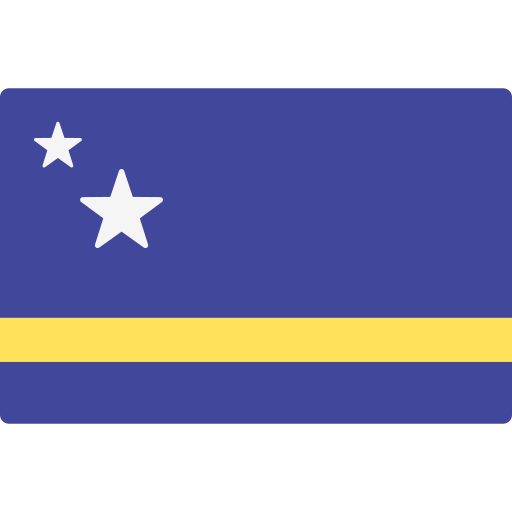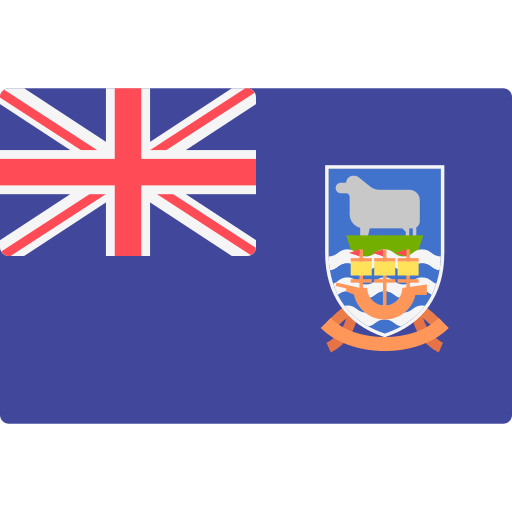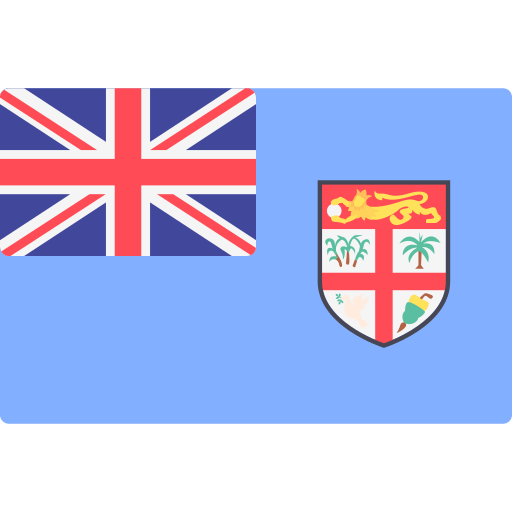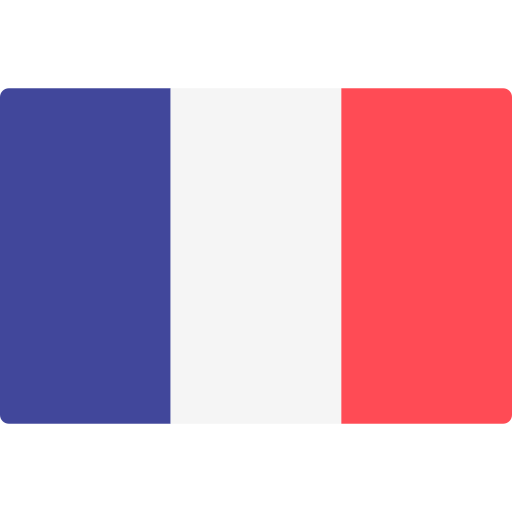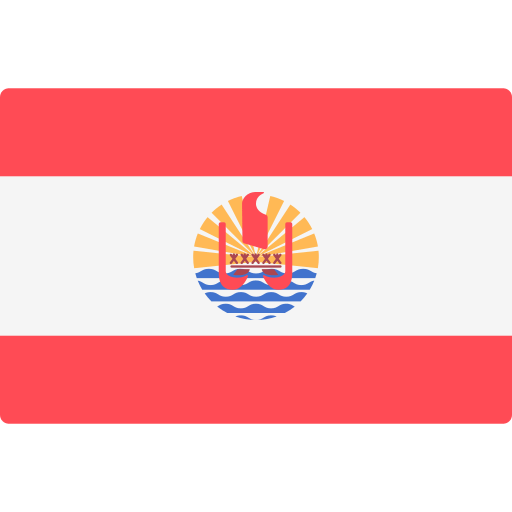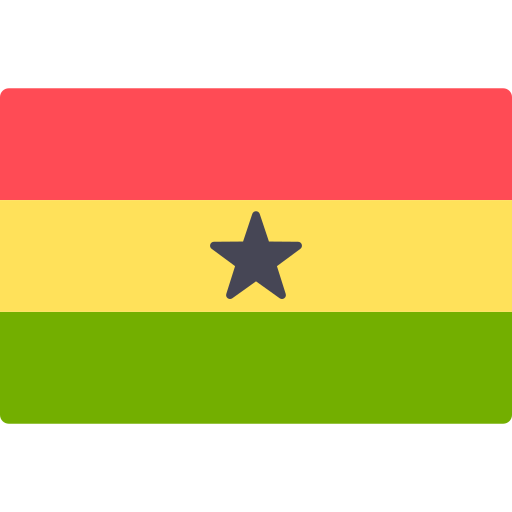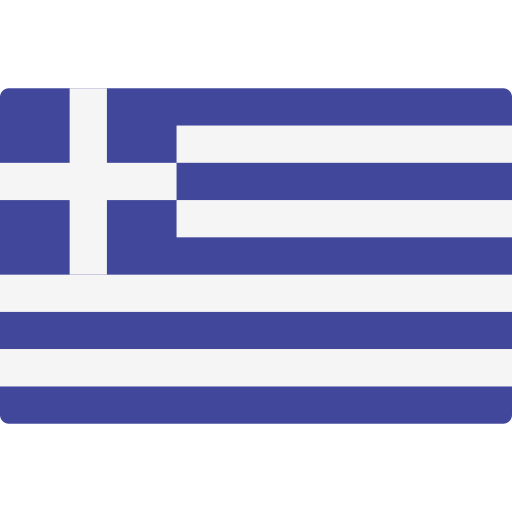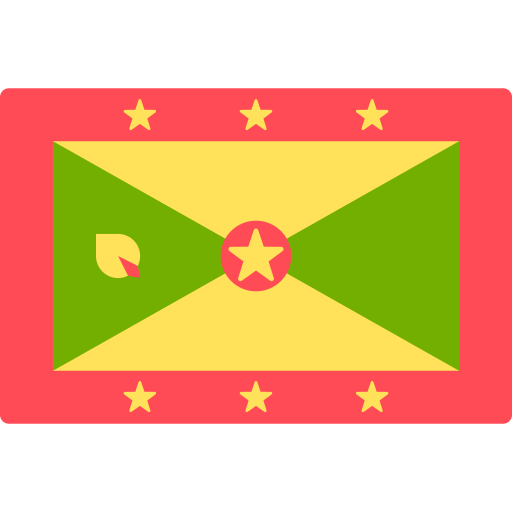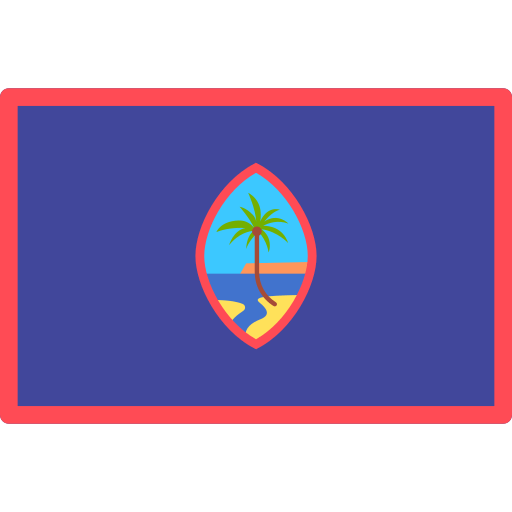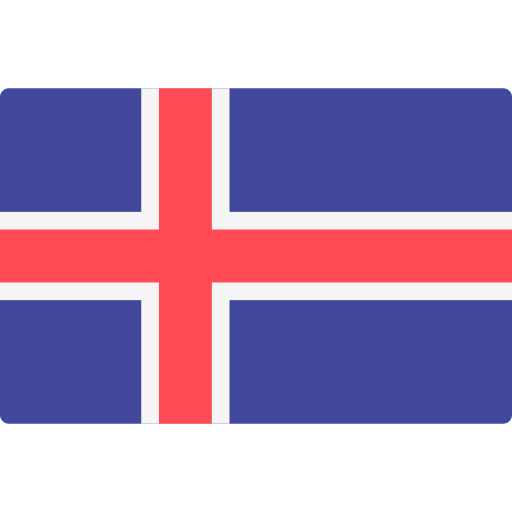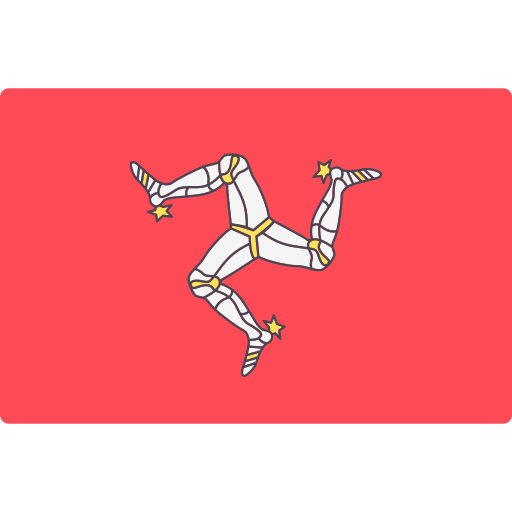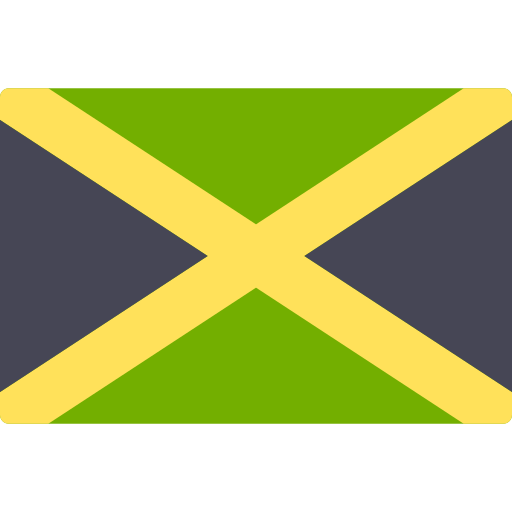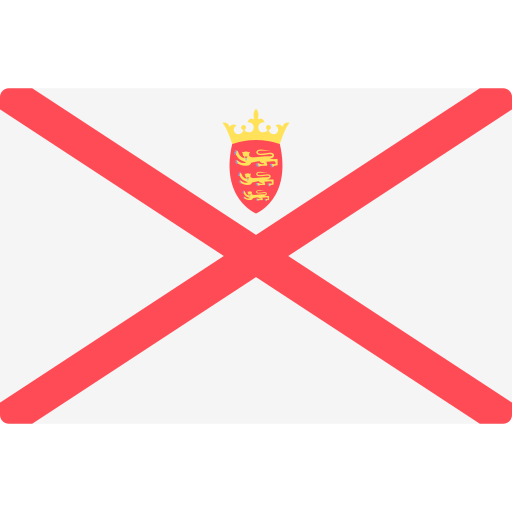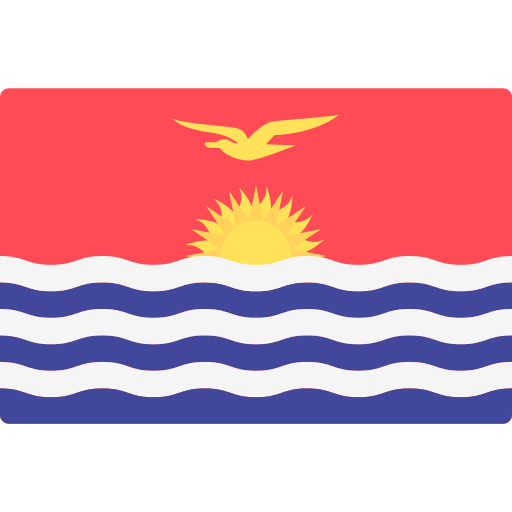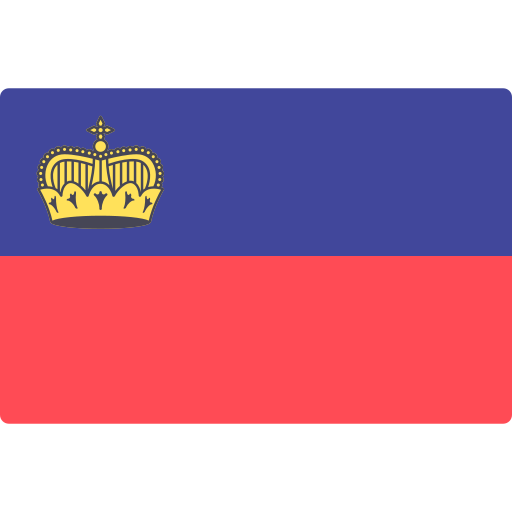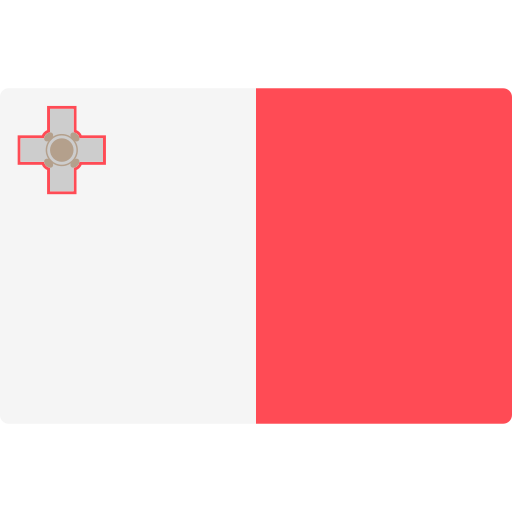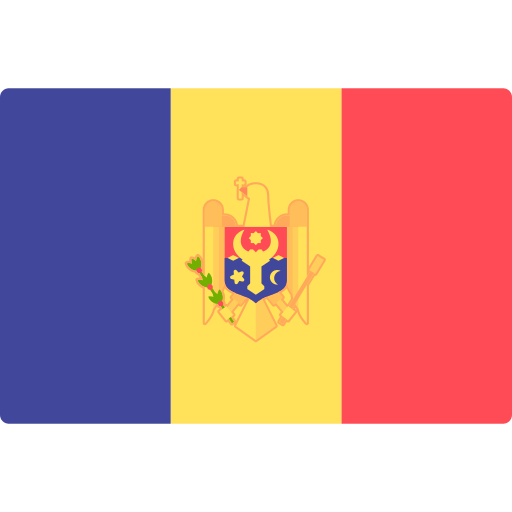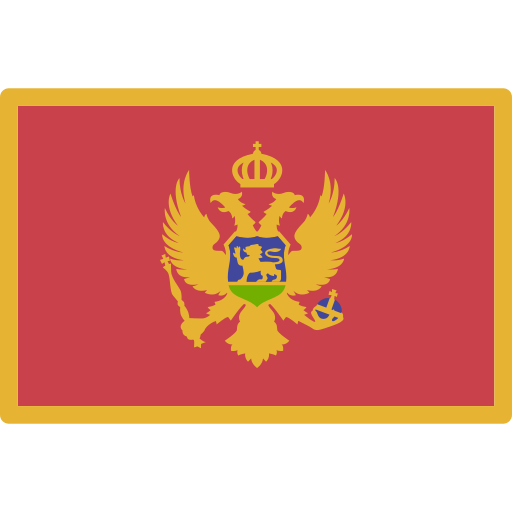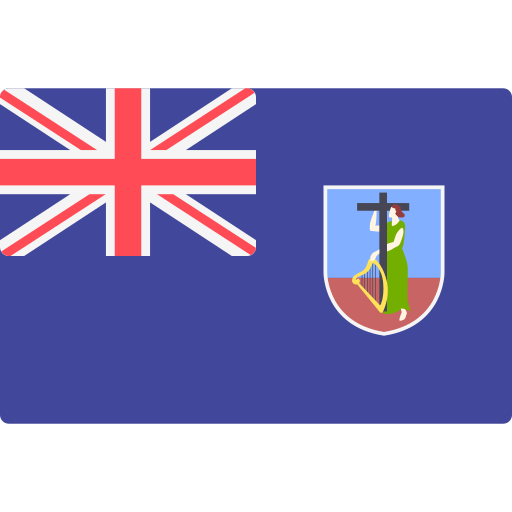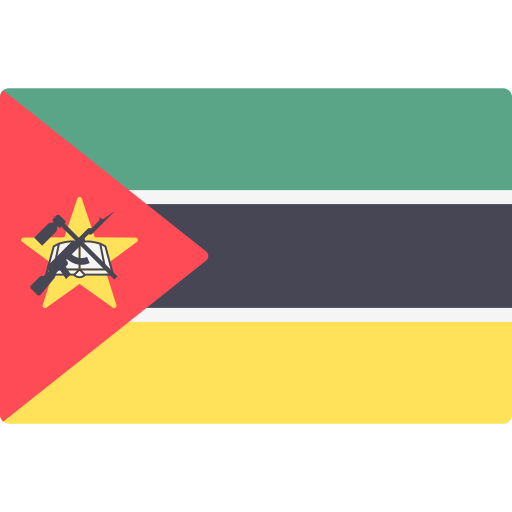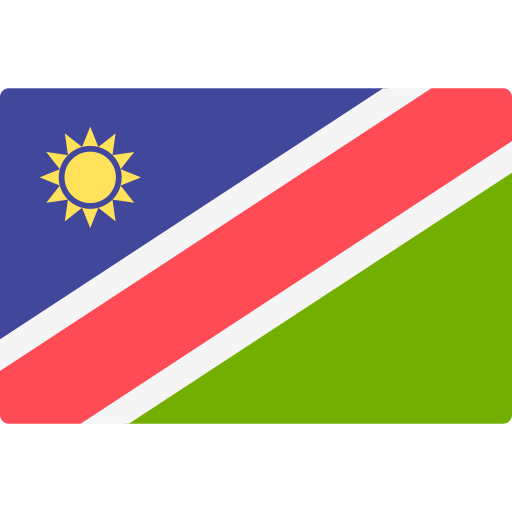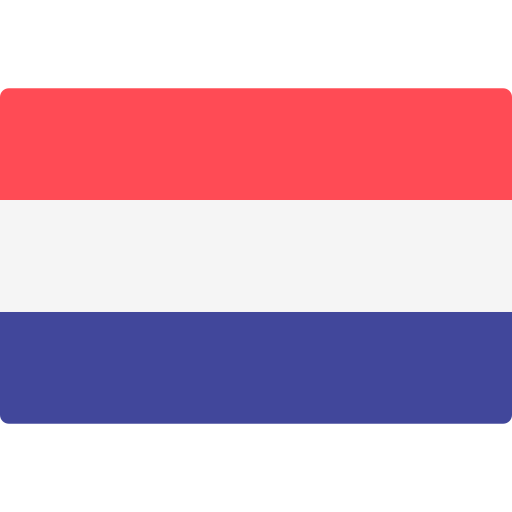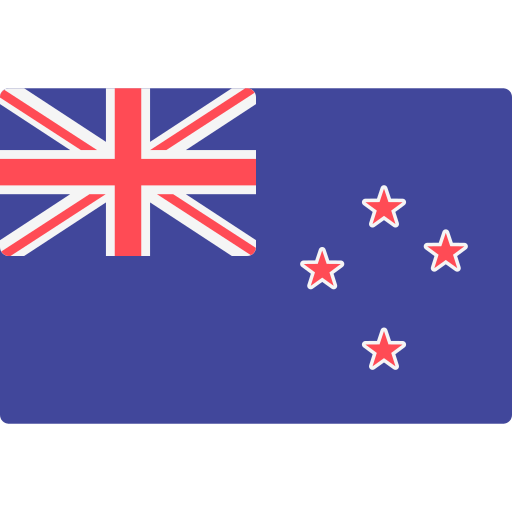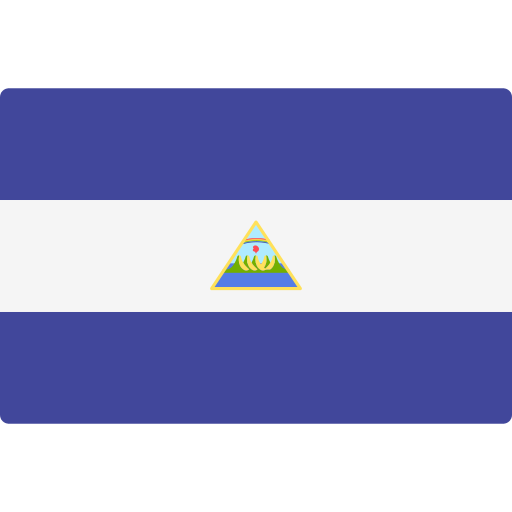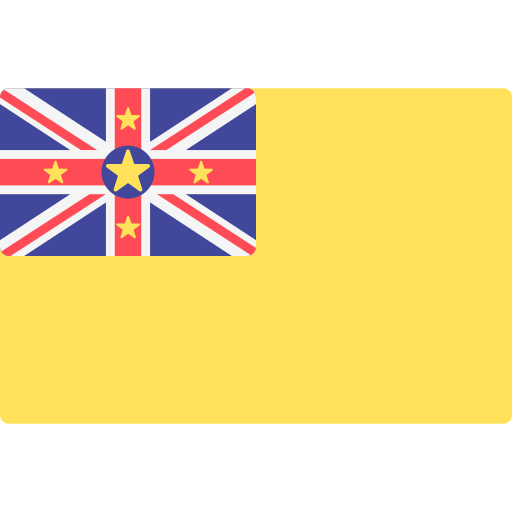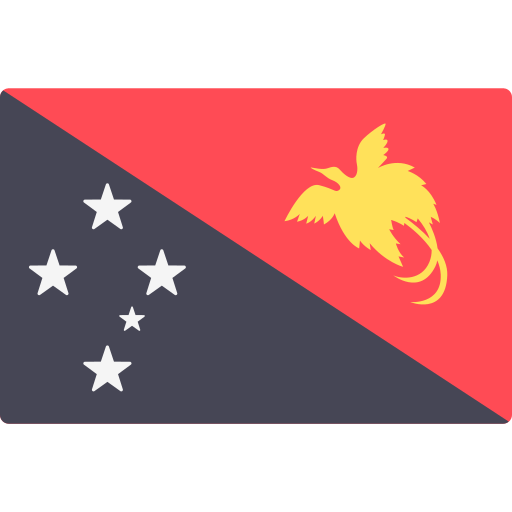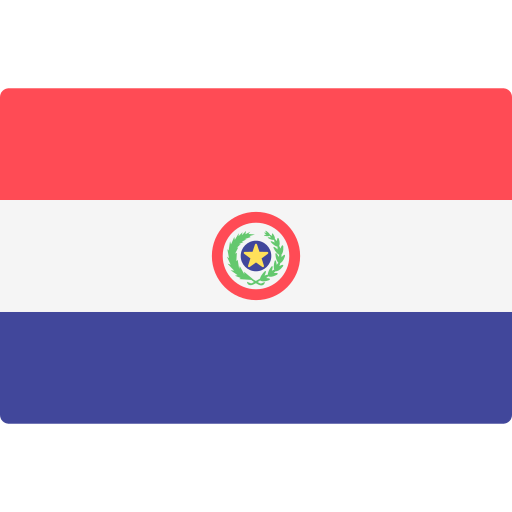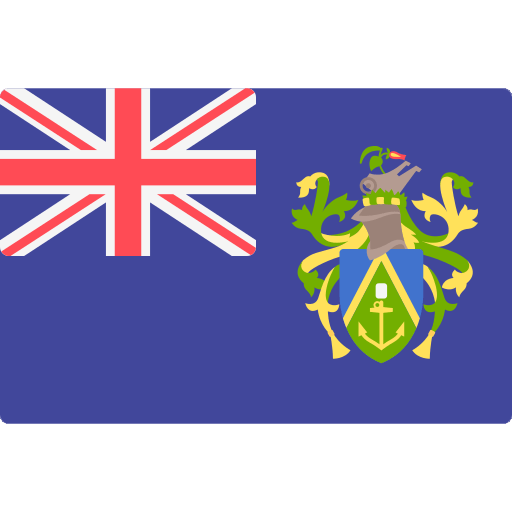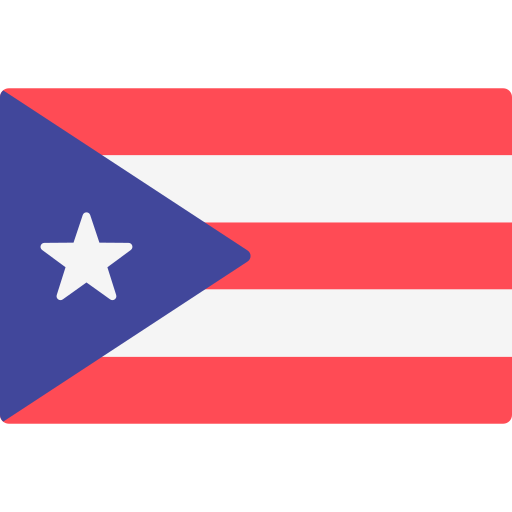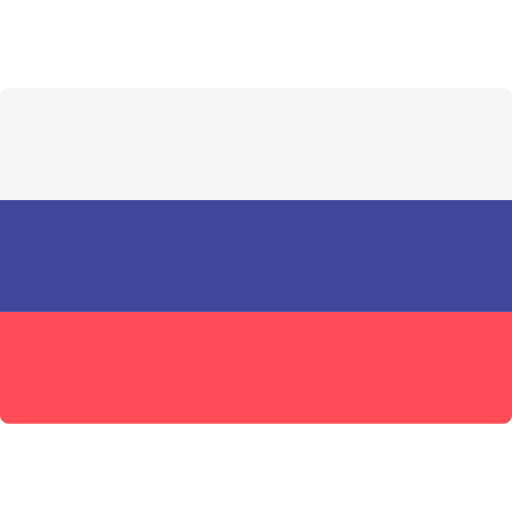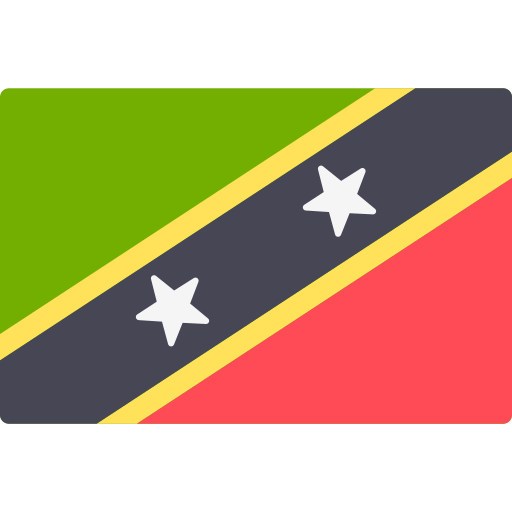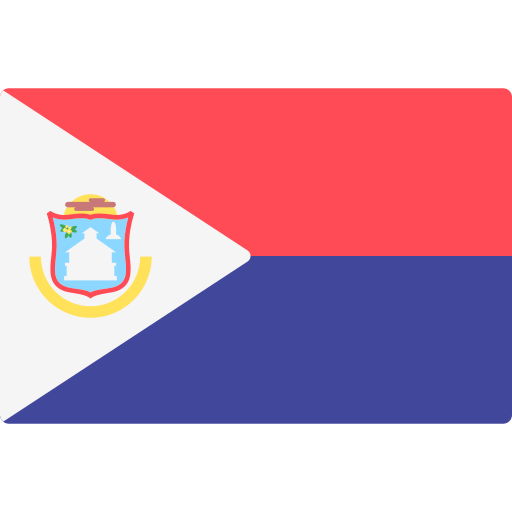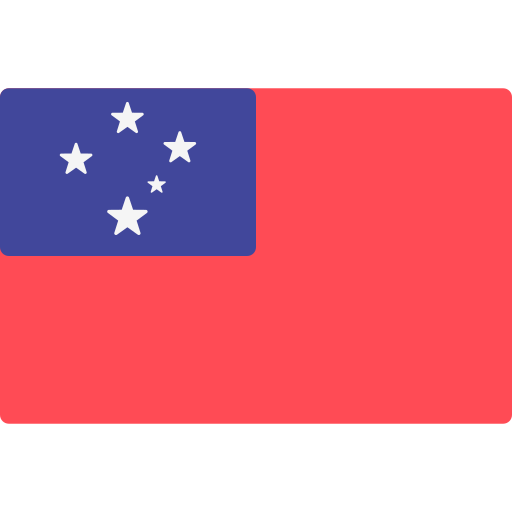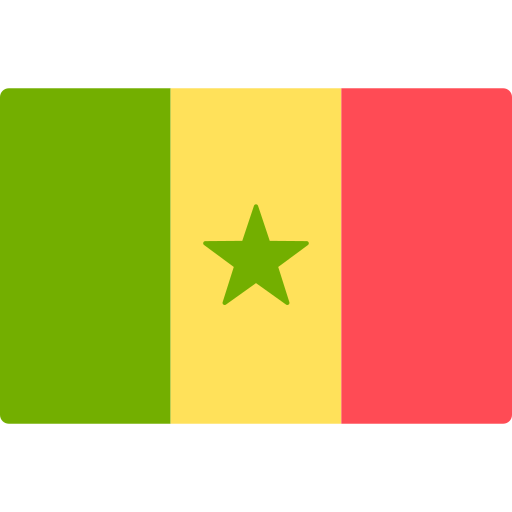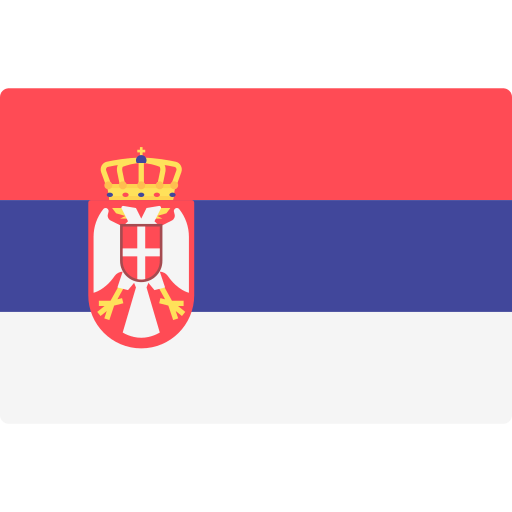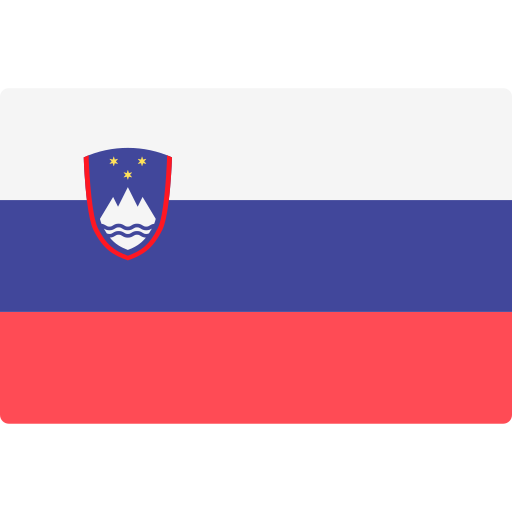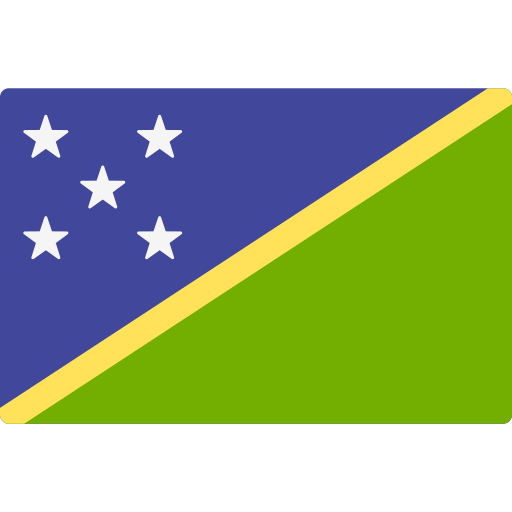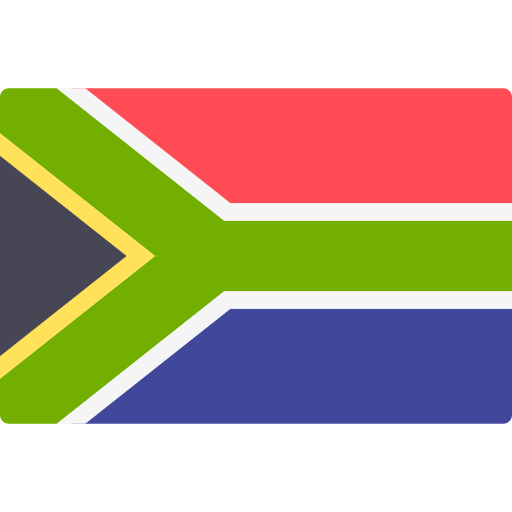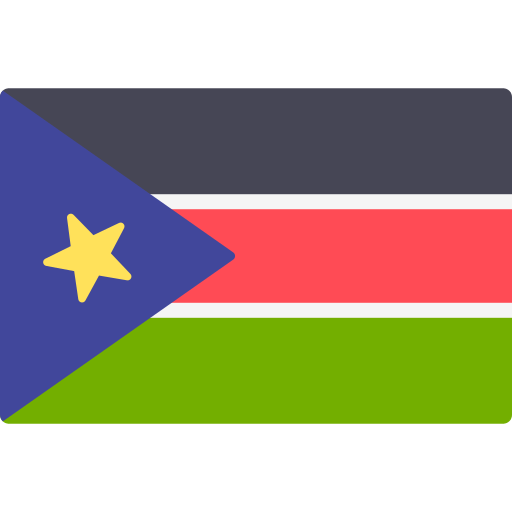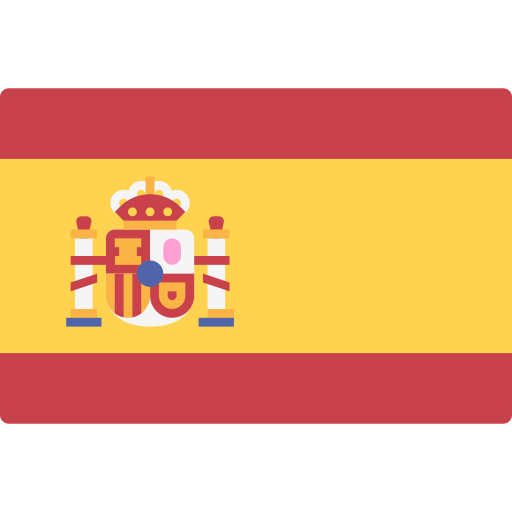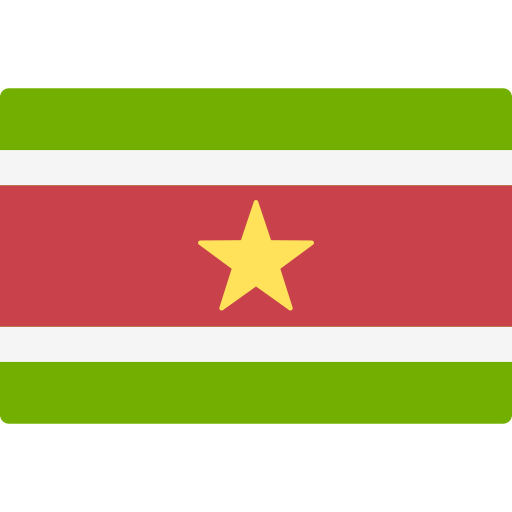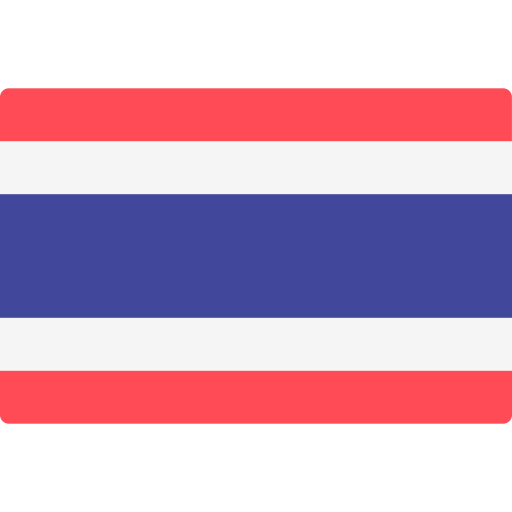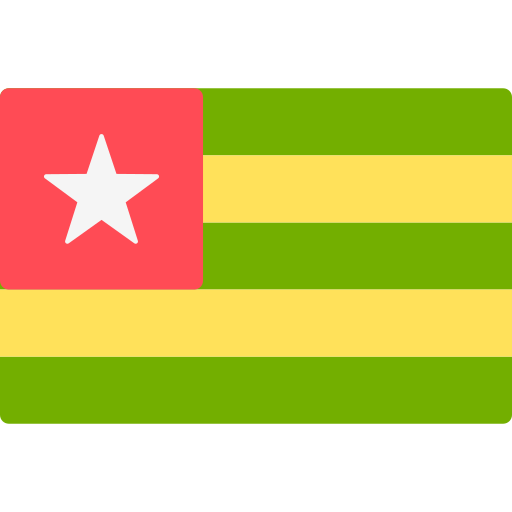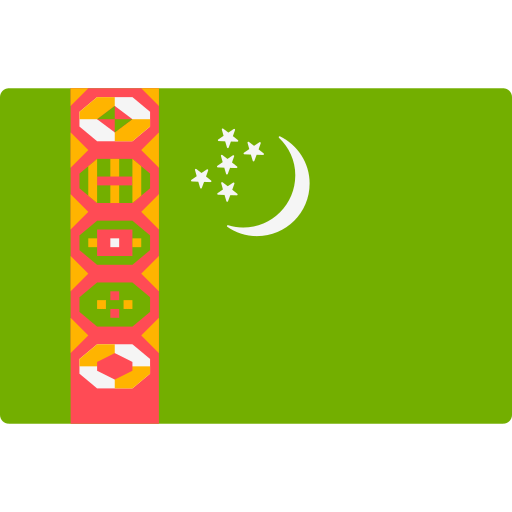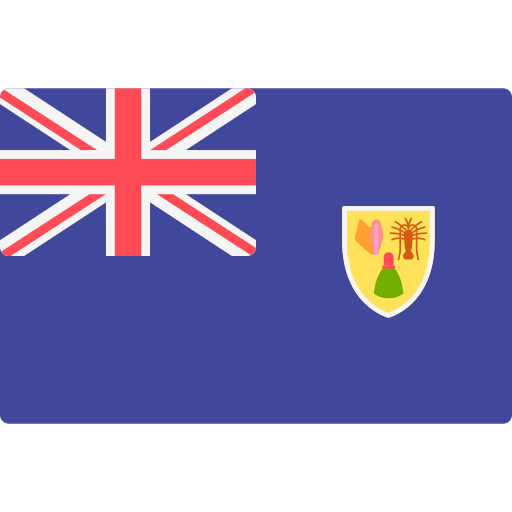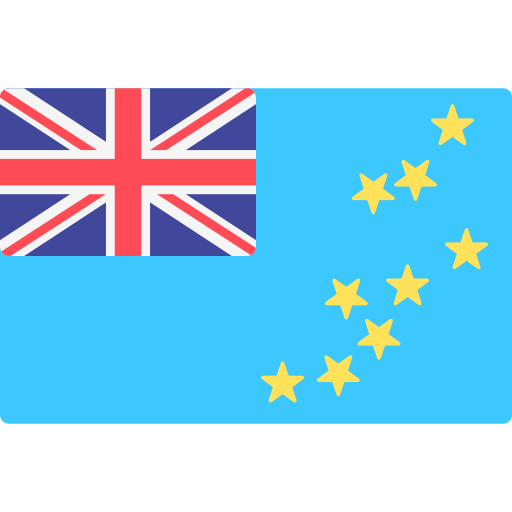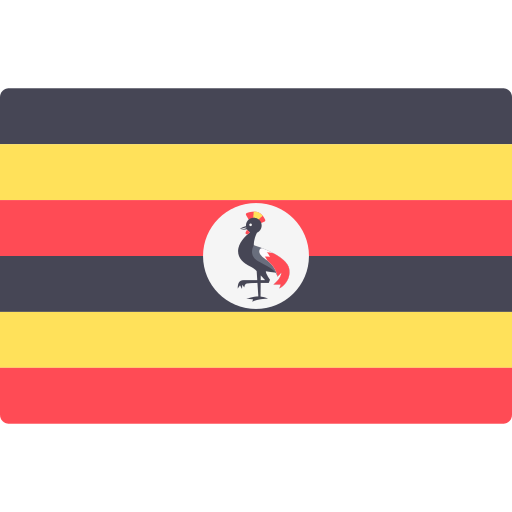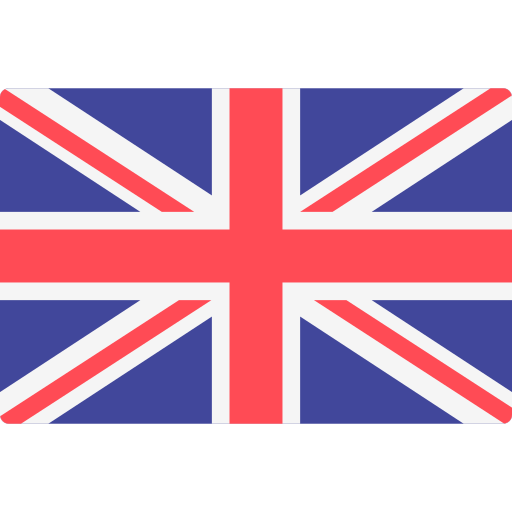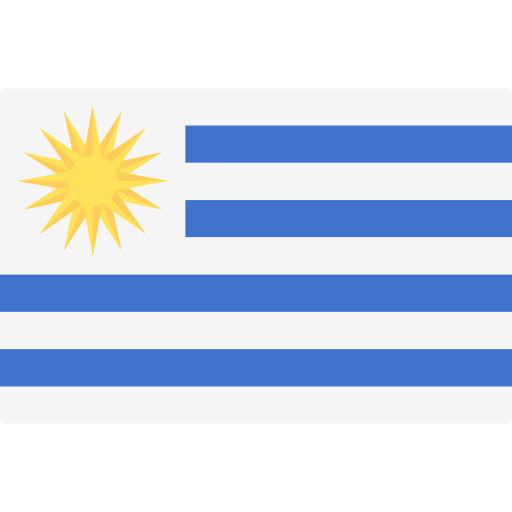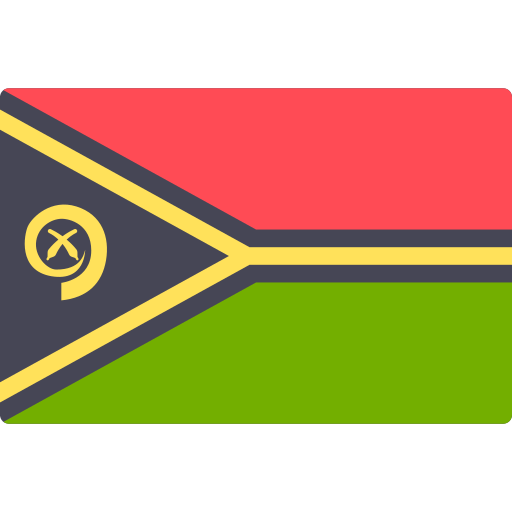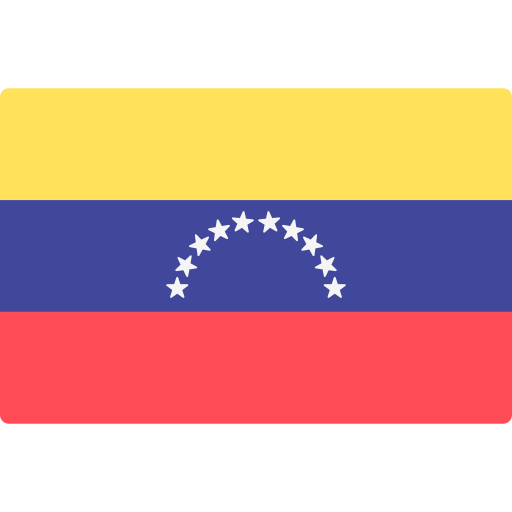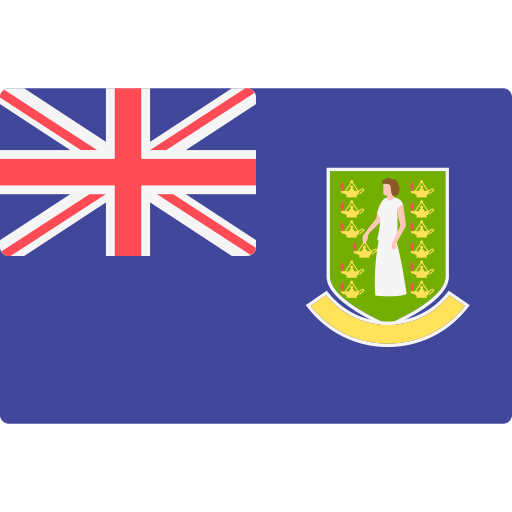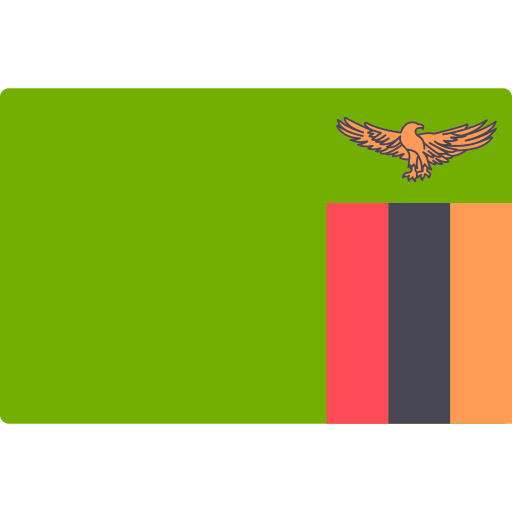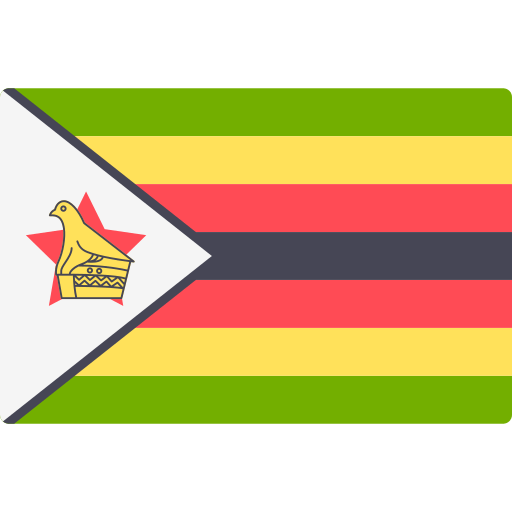Interview by Jennifer Walden, photos courtesy of Disney
It’s early Sunday morning, the weekend before a big holiday here in the States, and I’m preparing to fulfill a promise to my two daughters — to take them to see Frozen 2. I open my local theater app to book us seats only to find that every show is sold out. It’s actually sold out for two separate theaters.
So I book the seats for the next day. I’m thankful for Monday afternoons at the cinema.
Here, Formosa Group’s supervising sound editor Odin Benitez (nominated for the 2014 MPSE award for sound editing on Frozen) and music editor Fernand Bos (winner of the 2014 MPSE award for the music editing on Frozen) join Walt Disney Animation Studios ’ dialogue/music re-recording mixer David Fluhr (winner of the 2014 CAS Award for sound mixing on Frozen, shared with co-mixer Gabriel Guy) to talk about recording and designing new sounds for Frozen 2 — like the four magical elemental sounds — and how they wove the sound design, score, and original songs together to create a seamless sound experience.

The Frozen 2 sound team
How did you expand the sound of Elsa’s powers for Frozen 2 ?
Odin Benitez (OB): We started with the sounds we did on Frozen as our base; these are her signature sounds we created, but the filmmakers wanted them to be amped-up. The audience for Frozen has grown and we wanted to grow with that audience.
The audience for Frozen has grown and we wanted to grow with that audience.
We basically made Elsa’s powers bigger; we added more size. That might involve heavier elements, like heavier explosions, bigger whooshes, and bigger impacts, to augment her sounds and heighten the drama. For example, in the dark seas sequence where she is trying to get over the waves, we start out with the footsteps of her walking across the lake like she did in the first movie but those weren’t going to be big enough for that. I worked through many different elements to try to reach the scope they wanted.
One thing we did use was actual elements of footsteps and hits on a frozen lake, which we recorded using a hydrophone. Those gave her heavier footsteps.
I loved the crystalline, snowy quality of the whooshes. How did you get that to sound so icy?
OB: We recorded sounds of snow. We did a lot of recording in Big Bear and Mammoth Mountain of snow whooshes made from sled-bys and different types of objects we moved through the snow.
I also recorded the sound of me dragging a sword across a frozen lake. If anything needed to sound ‘spiky’ that came from those sword recordings. We were also breaking up ice, too, with ice picks. Those crunchy sounds were an added element to support visuals that looked like ice crackling or forming or when the snow sculpture of Hans breaks apart in the first film.
We had authentic ice and snow elements mixed with magical elements, but there was always a realistic element in there.
We had authentic ice and snow elements mixed with magical elements, but there was always a realistic element in there.
We did a lot of work on the Foley stage too, with the Foley crew of John Roesch, Shelley Roden, and Scott Curtis. They had these huge blocks of ice that they would break up and work with.

There were new magical forces/elemental forces at play in Frozen 2. Overall, what was the direction for these sounds? How did the directors want the audience to feel about these forces?
OB: There were four elementals — water, Earth, fire, and air.
The water elemental — the “Nokk” as it’s called — it’s a mythical water creature that looked like a horse. The filmmakers wanted to have horse sounds but also sound like it was made out of water. So for that we used high-frequency recordings of animals, like birds that were recorded at 384k using Sanken CO-100K microphones that reached 100 kHz, which is well above human hearing. Stephen Robinson, one of my sound designers, took these animal recordings and slowed them down to see what we would get. Some birds when we slowed them down actually sounded like a horse but different. It was otherworldly.
Then we took aquatic sounds like dolphins and some actual horse sounds too, and married them together to give the Nokk an aquatic horse sound. Eliot Connors, another sound designer from my team, was instrumental in cutting the Nokk throughout the picture.
One thing I loved about the Nokk was that it felt tangible. Water isn’t something you can hold onto, but you guys made it feel like Elsa is actually battling this water horse. How did you do that?
OB: Eliot Connors had these hydrophone recordings he had done with Charlie Campagna (our recordist and librarian at Formosa) and there were some meaty sounds in there. They slid a bunch of different items over the ice past these hydrophones. They did hits on water tubs too. They had this huge water barrel and when they hit it there was this huge wubby sound. Those would augment any impacts we needed. Those were quite effective. They cut through rather well and the fidelity was high on them.
When the Nokk was running that was tricky. Here you have this water horse running on water.
Foley did a pass, too. When the Nokk was running that was tricky. Here you have this water horse running on water. One element is an actual horse running on water but it wasn’t splashy enough so the Foley team created a splashy layer for that.
There are lots of splashes and water hits. When the Nokk grabs Elsa’s arm and it’s dragging her across the water and Elsa is struggling to breathe that was one of the first sounds I’ve ever recorded. Back in 1989, I was working on a surfing movie and so we went out to a lake to record. We got in the water and skimmed a board across the surface. I’ve used that sound effect very often. It’s a great sound effect for surfing and water dragging — perfect for Elsa in that moment.

When the Nokk turns to ice that was us designing sounds while thinking about what an ice whoosh would sound like if we put a little crackle here. When the ice statues form, we would find ice movement to put in there. We’ve also got some magic sounds, like processed bell trees. So you’d have a whoosh, some magical bell tree-type sound, and then the crackle to make the Nokk feel like it was solidified.
The hardest thing we did was coming up with the Nokk’s footsteps when it turns to ice at the end of the film and it runs across the lake. That was a subtle sound but we had to work hard on it. It was a combination of Foley and sound effects of actual horse footsteps that were processed so they didn’t sound too heavy. Foley was a huge part of that; they really got the sound right.
With each footstep, we added impacts from the surface of the frozen lake, which has an interesting resonating sound like a hammer striking a guy-wire. It’s a sound that I call “resonant ice pings” and you hear those throughout the picture whenever Elsa does her magic. That’s the sound you get when you put a hydrophone under a frozen lake and when the sun starts melting the ice it causes a crack and this resonant ping. So for each Nokk footstep on the ice, we have that “resonant ice ping” in there. It was a sound the filmmakers wanted to get just right and I think we nailed it. Chris Bonis, my supervising Foley editor, and Eliot Connors were instrumental in bringing those elements together.

How did you create the sound of the fire element, represented by that cute little salamander?
OB: The fire elemental is officially called “Bruni.” And Bruni has two basic modes — its normal salamander shape and its flaming salamander form.
John [Roesch] and his crew did a lot of great wet movements for Bruni as she’s walking around and moving around.
Bruni’s voice was made from recordings of a Madagascar mongoose lemur which we slowed down. It had interesting little expressive vocals which were perfect for Bruni…
Bruni’s voice was made from recordings of a Madagascar mongoose lemur which we slowed down. It had interesting little expressive vocals which were perfect for Bruni because she is expressive. We had to come up with a sound that was sort of amphibian, and we came across this lemur which worked perfectly.
Then for Bruni’s fire mode, we took numerous fire sounds and pitched them, flanged them, and phased them to get them to sound magical. The directors wanted the fire to sound magical.
At first, I was concerned about this sound of magical fire because fire is a challenging sound to work with in and of itself. Stephen Robinson came up with a sound for the fire that worked really well, and the directors bought it early-on.
Bruni in her fire mode moves quickly and we were putting the normal fire whooshes that we created there, with the flange and phase processing. But I also wanted Stephen to add these elements from fireworks and high-pitched sounds like pig squeals that we processed with Doppler, tremolator or stutterer plug-ins that would break up the sound. When you run fireworks through these types of processing you get this stuttered, descending, almost-zippy type of sound. That’s what helped get the movement. We didn’t want to oversell it too much. You only want to hear that on certain movements, especially when Bruni passed the camera.
Popular on A Sound Effect right now - article continues below:
-
33 %OFF
-
44 %OFF
How did you create the sound of the Earth spirit/Stone Giants?
OB: Jeff Sawyer, my lead sound designer, brought in pieces of granite and slate to record at 192k using the Sanken CO-100K. When we slowed these sounds down, they didn’t sound processed; they still have high fidelity. We used those elements in all of the Giants’ big movements, and we augmented that with library sounds as well.
…we combined the slowed-down French ADR vocal sounds with the slate recordings we did, so when the Giants roar you hear this rocky, grindy element to it.
We also used the slate recordings in the Giants’ voices. The Giants were voiced by a French ADR team and those recordings we slowed down to make them sound massive. On the suggestion of Harrison Meyle, my Dialogue/ADR supervisor, we used the outboard Lexicon 2400 to do that because the voice recordings weren’t captured at a high sampling rate. We wanted to make sure that when we pitched them down it sounded as round and natural as possible. I bought the Lexicon 2400 on eBay for $300. In its heyday back in the ‘80s, it was worth $30,000. We did some tests and found that it did sound rounder and more analog. So we combined the slowed-down French ADR vocal sounds with the slate recordings we did, so when the Giants roar you hear this rocky, grindy element to it.
John [Roesch] and the Foley crew handled the little debris that came from the Giants’ joints. The filmmakers — Chris Buck and Jennifer Lee — told us that all these joints had pebbles and debris coming from them, and so the Foley crew contributed that to the Giants’ sound.
One element in the footsteps was created from recordings we did with sound recordist Charlie Campagna. He went to Oregon and captured 9-channel ambisonic forest recordings. While in the Oregon forest, he noticed that the under brush/undergrowth was so dense that when he took steps they made this incredible resonant sound. That was one of the elements we used for the Giants’ footsteps. Plus, there’s a scene when Olaf does a face-plant during the “Older” song, where he trips over a rock. Olaf’s bodyfall was one of Charlie’s footsteps in the Oregon forest.
We would augment these sounds with bigger sounds to heighten the drama, but I think our work on the Giants — especially what we did with the vocals — was very effective.

How did you create the different sounds for ‘Gale,’ the wind spirit?
OB: I can’t give a complete, straight answer on this one. Naturally, we covered all her movements with wind gusts and leafy blows but we needed to give her a voice.
We started out trying wind sounds that had a howl or breathy character. That wasn’t enough. We tried incorporating a processed human vocal into it, and that started to give it character but we needed a bridge from the natural sound to the human sound. Angelo Palazzo, the designer tasked with doing Gale, came up with this sound that was supposed to bridge the human sound and the natural sounds. It was so good that the filmmakers wanted to use just this element for her voice.
Angelo Palazzo, the designer tasked with doing Gale, came up with this sound that was supposed to bridge the human sound and the natural sounds. It was so good that the filmmakers wanted to use just this element for her voice.
Angelo refuses to divulge how he did it. He says it’s movie magic. You can go back to that story of when Richard Anderson told Steven Spielberg that the sound of the lid of the Lost Ark of The Covenant in Raiders of the Lost Ark was his toilet lid. That killed the effect for Steven afterwards, so that when Steven saw that scene he could only think about Richard’s toilet lid.
We had an element for the trolls in the first Frozen, where I used bowling balls clunking together — which is reminiscent of those curiously strong magnets that you can toss in the air and they’ll clink back together. The magnets are the same tensile strength so when they come together they bounce off each other but they eventually come together and make that interesting sound. So the bowling balls use gravity to come together, and the magnets use magnetism, but the effect is the same and the sound is similar. So that was one of the elements for the trolls coming back together. I remember one of the last things we wanted to do was bring up the bowling ball sound in the mix, so I asked Gabe Guy, our sound effects re-recording mixer, to bring up the bowling ball sound. Well, it was a sound they accepted in the first film but not in this one. Because I let slip what that sound was, suddenly all they could hear was a bowling ball! So that’s why you don’t always want to divulge what it is…
But, I can tell you what I think it is, though.
I believe it’s a whistly sound, like a wind. In the arctic you can get these ice holes, created by the wind blowing through these ice sheets. The wind blows through those holes and creates a tonal sound. Different sized holes create different sounds, and together they can make a chorus. So I believe it’s a whistly wind like that which Angelo then ran through something like TONSTRUM’s Traveler (a Doppler plug-in) and maybe their Whoosh software too. It’s something to that effect.
It’s one of the sounds that is a big player in the film because Chris and Jennifer loved it. They kept badgering me about what it was but Angelo remained firm. He didn’t want to tell them and ruin it for us. It’s just Gale. It’s Gale.
It’s a great sound and I give complete credit to Angelo Palazzo for coming up with it.
He covered every bit of Gale’s movements and we kept him on until the end of the film in case he needed to cover any changes to Gale.
I loved the sound of Olaf bouncing off of the magic fog that’s surrounding the enchanted forest. It got a laugh from everyone in the audience. What went into that sound?
OB: That is a processed timpani — just a basic comic sound. I think there’s a wooden sprong in there, too (like when you hold a ruler over the edge of a table and flick the tip so that it vibrates). Stephen Robinson cut that section. He came up with those sounds.
What were your challenges in designing the sound of the mist?
OB: We tried some different water sounds for the mist that had some substance to it. Some of those made it through but eventually they didn’t want it to sound that substantial.
The mist was interesting because they wanted it to have an electrical power to it. We really struggled with that.
The mist was interesting because they wanted to have an electrical power to it. We really struggled with that. We were using Sound Particles to manipulate electrical zaps and explosions. We ran them through the Particles program to try to get a multitude of these things popping. But in the end, because of the level it was playing at, it sounded like popcorn and that wasn’t working.
Stephen [Robinson] came up with these sprongy, spring-reverb sounds, like metal hits in a spring reverb. They were tiny hits and we had a multitude of them playing. That seemed to work best to convey that there was an energy and power coming from this huge wall of mist.

So much of this film is music driven so there is a lot of delicate sound design weaving into the music — for instance, the elemental crystals that form in the air at the end of Elsa’s “Into the Unknown” song. Such delicate, tonal crystal sounds that play beautifully with the music. Can you talk about your process of working the music and sound design together?
David Fluhr (DF): The crystal sounds were developed early on by Odin and I had those for the temp mixes. We went back and forth, discussing what would work with the music because we do know the section is music driven.
…we knew there was going to be sound design and so we created the space. We build up to it and then let the sound effects have their moment.
Fernand Bos (FB): Sometimes you end up with both music and sound design covering the same things. But for that particular score moment, for that section, we knew there was going to be sound design and so we created the space. We build up to it and then let the sound effects have their moment.
It’s the same with Gale. In terms of score, we never covered Gale; there is no theme for Gale. We were told from the beginning that the sound team was working on it and that they had great sound. Chris and Jennifer right away said they loved what the sound team was doing for Gale, so we left space.
Right after that sound design moment, the music kicks in hard. And we talked about that on the dub stage often, like, this is going to be a music moment and this is going to be a sound effects moment. I really don’t like it when people try to cover things on both sides. It becomes a mess. It was really great that we could give each other the space and let each other take turns.

OB: We knew we had to clear a lot of space for whenever a song was happening.
DF: The sounds that Odin developed — for Gale, the Giants, the crystals, and so on — have their own character. They are characters in the film. So at the mix, we’d all been through this film so many times before we started the final and we weren’t seeing anything for the first time. The idea is to get the dialogue squared away, then I do a music pass, and effects re-recording mixer Gabriel Guy here at Walt Disney Animation Studios will join in with his effects pass. We mix our parts together and make adjustments accordingly. That’s how we spend our time, three or four days a reel. The Studio gives us the time we need to do it right and to experiment with things. There are sometimes during a song where there are a lot of visual things happening and that’s covered with effects but you don’t hear it; you don’t necessarily need it. That’s not what this part of the story is about. It’s about the song and the storytelling at that moment. So we had to make choices on what we were going to hear, what was story related. If it wasn’t story related — if it was just a cool sound — then it didn’t go in at that point, but maybe later.
When it came to sounds for Gale and the crystals, we made choices on the balances and we tried a lot of experimenting. Basically, if you keep the story front and center then you can’t go wrong.
When it came to sounds for Gale and the crystals, we made choices on the balances and we tried a lot of experimenting. Basically, if you keep the story front and center then you can’t go wrong.
It’s a collaboration. We’ve got a common thread all the way through with those of us that have been on it for a while. Odin also worked on the first one and so did Fer, Gabe, and our other music editor Earl Ghaffari. It was very familiar territory for us. It is this great hero story with these two very strong women and that is the thing to keep in mind as we go. Even if we had some very cool sound design or music moments, we were always making choices about what is best for the story. So that is where we ended up.
Even if we had some very cool sound design or music moments, we were always making choices about what is best for the story.
OB: For the elemental ice crystals forming, I used wind chime type sounds and ran them through reverbs from TL Space. There are these elemental presets (like a periodic table of elements) where you can have gold or barium or aluminum. So I ran these wind chimes through these plug-ins and it created some interesting and cool sounds. I chose three or four that I really liked and layered those on top of each other and panned them around the room. That was one of the sound effects that I worked on early on. Originally, the filmmakers wanted it to sound creepy or ominous — not a pleasant sound.
The songs are incredibly important in the Frozen films. We don’t obscure the songs with sound effects if we can avoid it. But at the same time, having heard sound all the way up to the song makes you want to have some sound effects in there. So we covered the scenes with sound completely, to do our due diligence, but we know that in the final mix the sound effects would be minimal. When Gabe [Guy] goes to mix the effects, he knows exactly how far he can push them. The effects are really just there to support the song. The good thing for us is that we had all of the songs and a lot of the score available to us. So while we were doing our sound editing, we would cut against this music. We knew when the music was taking the scene and so our sound effects would add a little bit of something to enhance it.
One of my favorite parts was “Into the Unknown,” when Bruni starts whirling around Elsa in that song. Stephen had cut little bell dings on each one of her bounces and throughout the song we had swirling magic sounds and powerful booms that were all designed to work with music. The first time we played it for Jennifer she was so excited, like a kid in a candy shop.
We tried to get the score and the rough tracks back from the music department as often as possible, so we could know what space we had to work with. It’s all about the sonic real estate and knowing how that’s divided up.
FB: We asked for stems of the effects pre-dubs while we were mixing the music. We weren’t just mixing the music like nothing else was happening. We wanted to know what the effects were doing. On Frozen 2, a lot of changes were made late in the process. But still, we tried to get as much as possible to listen to, and we did that for every single cue that we mixed; we looked at what the effects were doing so we knew right away if there were going to be issues that we needed to address on the dub stage. And we always gave our updated demos to editorial so they knew what was going on with the music. There were no surprises; we worked together. Then, on the dub stage, we did a lot of fine-tuning.
OB: I even got to go to the scoring stage, which was instructive because I got to hear what they were doing.
As we were mixing the score, we were listening to the songs to smooth out these segues so that as you watch the film you think the songs and score are done by the same team but they’re not.
FB: There were three departments really, the song-writing team, the score department led by the composer, and the sound team. By the time the scoring department started work, all of the songs were written. They gave us the songs (that they were still tweaking and making changes to) which were recorded and mixed by a different engineer and with different players. As you watch the movie though, the music feels seamless as it goes from the score to the songs and back again. We would go through the whole movie and try to incorporate themes from the songs into the score. We set up songs with themes in the score. As we were mixing the score, we were listening to the songs to smooth out these segues so that as you watch the film you think the songs and score are done by the same team but they’re not.
OB: It’s a long process. The mixers are involved at a very early stage. For example, Gabe [Guy] recorded the dialogue and he’s also well aware of the songs, even before I got on board. And David [Fluhr] was on early, too.
DF: As the lead mixer, I handled dialogue and music. Gabe handled the effects mix, and he also recorded some of the dialogue along with Paul McGrath (original dialogue mixer). Between the two of them they handled the majority of the dialogue recordings for the film. Doc Kane did the ADR recording. David Boucher handled the song vocal recordings and preps.

It’s not like other movies we do where the re-recording mixers are seeing the film for the first time when we get to the final dub. These guys have lived with this film for years.
FB: They do many temps before Odin and I start. Both David and Gabe are Disney employees, and so they were working on the temps since three years ago. When we start the final mix, these mixers know the film. It’s not like other movies we do where the re-recording mixers are seeing the film for the first time when we get to the final dub. These guys have lived with this film for years.
OB: That’s very important.
DF: Being full-time at Disney Animation, I had access to the film as it was being developed. I’d go into picture editor Jeff Draheim’s office and we’d sit down and look at the film as it evolved. We weren’t doing much sound work on it in the early stages; most of that was being done in the Avid by Jeff. We do in-house screenings where we assemble the audio with temp music and play it for our in-house story trust. We would do a lot of in-house screenings over the course of three or four years. We started on the sound in the spring, getting the film ready for an audience preview. We were still using temp music; we didn’t have final score but we did have the songs in rough form. There are 11 songs in the film and those were prepared earlier than the rest of the music. We knew what the songs were going to be as the film developed over the past few years. A few songs came and went but we pretty much knew what the line-up was in the spring. So we did a temp mix in 5.1 using those songs for the audience preview. The filmmakers took the audience feedback and used that to mold the film over the summer. We did several more temp dubs at that time. So we were sitting in on story meetings and concept meetings and doing temp mixes but we didn’t really start on the mix until the spring. We had conversations about how we could evolve the sound, though, and those were happening a while back.
How were you able to take advantage of the Dolby Atmos surround field for this film?
DF: When we first did Frozen in 2013, that was the second native Dolby Atmos film we did. We were developing the R&D for the Atmos workflow. Disney tasked me with innovating the workflow that would enable us to mix in native Atmos without adding a large amount of time and money to the post schedule. Mixers at the time were doing up mixes into Atmos after the completed final mix, and that added another 2 – 3 weeks. That was unsustainable, to do a regular 5.1 and 7.1 mix and then take another couple weeks to upmix into Atmos. That was impractical on many levels, especially creatively.
So I developed our workflow for object and bed-based mixing so we could mix in native Atmos with the same amount of pre-dub time. This allowed us to keep the same amount of pre-dub and mix time with just a little extra time on the backend for separate print master’s and versioning. After a lot of experimenting and R&D on the stage — three months or so just figuring out the workflow — we had the real advantage of going into this with the knowledge that it was actually going to work on the backend, including making the ‘traditional’ versions most people in the world would hear. We were able to dive into full immersive object mixing.
We’re using all 118 objects for effects, music, and dialogue, and we’re using object renders straight through to the two-track near field mixes.
We’re using all 118 objects for effects, music, and dialogue, and we’re using object renders straight through to the two-track near field mixes. That involves a lot of preplanning. When the film is finally locked and we knew we’d be starting our pre-dubs, we worked on our object planner so that Gabe knew his sound effects were going to be in a certain range of object numbers out of the 118, and I was going to use a certain number for dialogue and a number for music and vocals.
Once I got the music figured out (in terms of score and the songs’ track stem layouts), I was able to figure out how many objects would be used for the score and the song music tracks, and how many there would be for the vocals. It took a lot of planning in advance. But once you get it all figured out and everything falls into place it’s so helpful. I was pre-dubbing the songs and dialogue for two weeks while Gabe was pre-dubbing the effects for three weeks, and we were both in native Atmos the whole way, using our allocated objects.

In terms of mixing music in Atmos, it’s not about flying the music around the theater. You’re not going to be panning the clarinet around the room for example. We’re still maintaining the sonic intent of the score mixer and the composer but we’re able to use ‘custom arrays’ and object mixing, and the 9.1 beds to immerse the audience more so.
…the story allowed us to use Atmos more extensively. For instance, there is a ‘voice’ that calls Elsa and that voice is appearing overhead and around us. Were able to take it off the screen and put it in specific points in the room.
In this film, the story allowed us to use Atmos more extensively. For instance, there is a ‘voice’ that calls Elsa and that voice is appearing overhead and around us. Were able to take it off the screen and put it in specific points in the room. Wherever Elsa is looking that’s where the voice is coming from. It was cool to be able to do that. We have this huge sonic landscape that we never had before, with full range speakers all the way around the audience. We don’t want to use this format in a gimmicky way, but we can use it to put sounds around the audience, to envelop them in the story. We don’t want to make people turn their heads or be distracted, but it’s great to be able to move elements off the screen. Much of the orchestra is just off the screen, using different real estate than the dialogue or sound effects. We’re not sharing the same real estate as the backgrounds and hard effects. You get more definition in the sound. It’s like adding more pixels to your picture.
We mixed in native Atmos and then versioned it into 7.1 and 5.1 as separate mixes, and from there created IMAX 12.0 and 5.0 mixes .
I love how Atmos allows the mixer to use reverbs to better define the space the characters are in. There were so many interesting spaces in Frozen 2, like Elsa in the ice cavern and Anna in the cave…
I always have a reverb for the front, the side, and the back. I’m not using multichannel reverb. I use mono or stereo (or a combination), put them into objects and create space all around with different size and elevation.
DF: All the dialogue (except for group walla) is in objects, and the reverbs too. I particularly like using reverbs in objects because it folds down really well into the other formats. It gives you a lot of control spatially. So each character has his/her own object. With five across the front, the panning is so smooth and you get a lot more definition. And I always have a reverb for the front, the side, and the back. I’m not using multichannel reverb. I use mono or stereo (or a combination), put them into objects and create space all around with different size and elevation. For example, when they are down under the ice I have a front reverb and a separate one for the back that has a little more pre-delay or a little different EQ and that gives it a sense of space. The dialogue kind of rushes to the back of the room and creates this cool sonic image. But, you don’t want to be too distracted by that. That’s the trick.
I spent several weeks over in Europe recently, handling the 46 dialogue language-versions of the film. They all use my domestic dialogue and vocal automation to create their mixes. So everyone is using the same panning and the same reverbs and the same fold downs. It’s the same movie as the domestic in that case, with all the same treatment on everything. Nothing is guesswork. Atmos object mixing really allows us to do that all in the box. So people around the world get the same movie as us. That’s all thanks to the front-loaded planning on our pre-dubs. I try to get all the details worked out so that we know where the bodies are going to fall, and what’s going to change so we can leave a little wiggle room for those changes.
We’ve been modifying this workflow for several years now and it’s worked really well for our films.
What are you most proud of in terms of sound on Frozen 2?
FB: In most films there are sections where you feel like you could have done something different. But I didn’t have that in either Frozen film. When I listen back in the end I think, “Yup. I’m done. This is good.”
When we come onto the film, the songs are done but when you watch the final film you don’t notice the switch between songs and score. It’s all one — the songs, the score, and the sound effects. For example, with Bruni we originally didn’t have a theme. But then the filmmakers asked for something more dramatic there so we created a theme. There is also a little rhythmic part that goes with the footsteps. And that’s something Odin covered as well. This was a case where we decided to pull the music back a bit to make room for the effects. So, we went through the music elements and went through the sound effects elements to decide on how it should play. The two departments worked together to create one sound, and that’s what the audience experiences. There wasn’t a feeling of, “I know what they did. They dropped the sound effects here for music, or the dropped the music here for the effects.” You don’t feel that at all. It feels very homogenous, like it’s all working together.

Another example is the dark sea scene. The filmmakers wanted that to be music driven but the sound effects don’t drop out. There is space for everything. No one is watching the movie thinking, “I know what they did here; they needed to create space for the effects.” No. It all feels like we did this altogether.
OB: The Bruni sequence was interesting because at one point we had the music playing pretty loudly and the directors wanted to hear more effects, to feel the jeopardy of the characters. So we played the effects up and watched it back. It was apparent that we went too far, so we brought back the music and tucked in the effects a bit more. The good thing is we had time on the dub stage to digest this. We would mix a scene one way, come back to it, and reevaluate it. In the end, I feel we came up with a perfect blend of music and sound effects. That was the process throughout the entire dub, of us trying to work the material to find the best blend.
We took a leap forward in the sound on Frozen 2 and delivered sounds that no one has heard before.
On this film, I’m proud of the unique sounds we came up with for the four elementals. We took a leap forward in the sound on Frozen 2 and delivered sounds that no one has heard before. That’s what I’m most proud of.
I want to give credit to sound effects editor Russel Topal who did all the backgrounds. He did a terrific job, even going out and recording sounds himself and adding that to the soundtrack. Chris Bonis and the Foley team led by John [Roesch] at Skywalker did a terrific job on Olaf. Dealing with Olaf is a whole production because he has this signature squeak that goes with his movements. The Foley team created that by rubbing wet Styrofoam on glass, and so John had to do that for every one of Olaf’s movements.
FB: From day one, Jennifer and Chris told us that the expectations for Frozen 2 were so high and we really wanted to meet those expectations. We really wanted to take this film to the next level. It had to be a step up from Frozen. All through the process, there was a lot of pressure in that way but I feel that we met those expectations. Frozen 2 takes it up a notch, with the music and the sound — everything.
OB: One more shout out to picture editor Jeff Draheim, who is also very instrumental in the shaping of the sound. He lived with the film for three years and while editing he did temp sound effects. Some of the things he came up with ended up in the final film. I believe that if the sound is good there is no reason to replace it. Jeff is a terrific sound editor in his own right. I’d hire him.
DF: I’m very grateful to be working on these films that will be around for generations. That’s why we do it.
Please share this:
-
58 %OFF
-
75 %OFF
-
33 %OFF
-
44 %OFF





